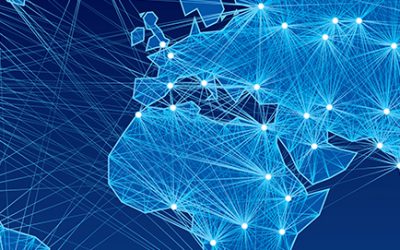
Leadership in applied systems analysis
Understanding armed conflicts
Armed conflicts remain widespread around the globe, yet their dynamics are poorly understood. The recent introduction and analysis of a simple model enables basic insights into how military characteristics and recruitment policies affect the dynamics of these...
Laying the foundation for a new generation of models
Dynamic global vegetation models (DGVMs) were first conceived at IIASA twenty-five years ago and have since become indispensable for understanding the biosphere and estimating ecosystem services. However, while their versatility is increasing as new...
Restructuring financial networks to reduce systemic risk
Research by the IIASA Advanced Systems Analysis Program shows that the Basel III international regulatory framework for banks will not reduce systemic risk in the financial sector as planned. The results suggest that regulations should instead aim to increase the...
Employing entropy to study growth and resilience in systems
A study by researchers from the IIASA Advanced Systems Analysis Program, explored the relation between entropy-based indicators describing system efficiency and redundancy, and system growth and resilience to shocks. In another study they suggested ways to incorporate...
Weighing up the costs of keeping cool
In October 2016, a global decrease in the use of certain greenhouse gases commonly used in a number of industries across the globe was agreed under the Kigali Amendment to the Montreal Protocol. A new study by the IIASA Air Quality and Greenhouse...
Estimating global migration flows over the past decades
A new indirect estimation methodology, developed and applied by IIASA researchers, has quantified trends in global international migration flows over the past 55 years for the first time. These estimates provide a more comprehensive picture of...






